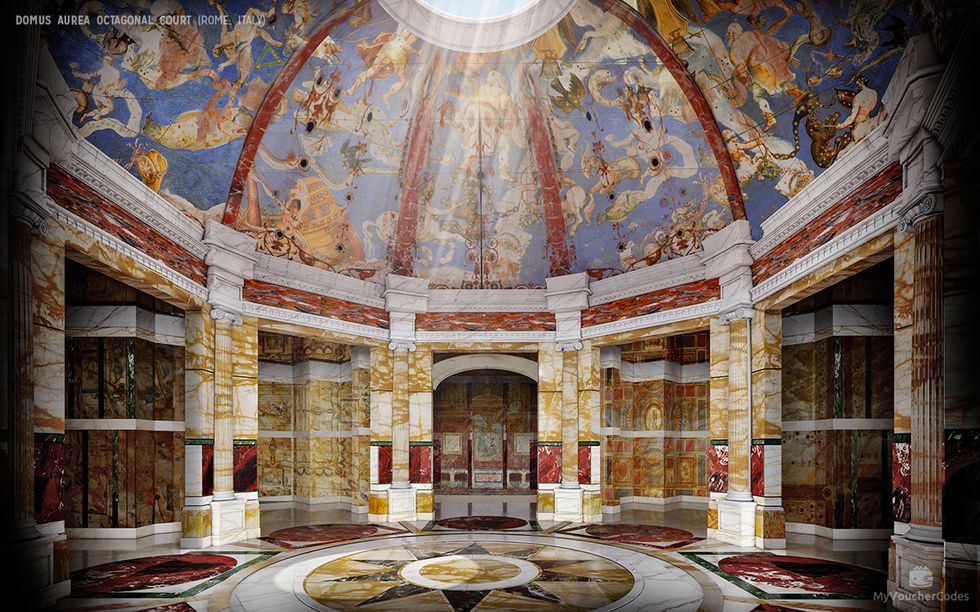

At Santa Maria Antiqua, a sixth-century church inserted into a cavernous imperial hall on the edge of the Forum, a light show cleverly picks out the many layers in a palimpsest wall of fresco, illuminating a complex sequence of overpainting that would be nearly impossible to decipher without assistance. Here projectors (with audio commentary) beam reconstructions on to fragmentary floor patterns and plaster ceiling vaults, complete and recolour the splendid frescoes and restored details recorded by earlier explorers but now faded from view. On the Palatine hill the so-called Houses of Augustus and Livia, parts of a first-century BC palace complex, are among a range of sites now open to visitors. The best of these displays are superb, both spectacular and informative. Naturally this works in spaces with low ambient light, generally indoors. The sites using digital projection offer the most straightforward experience. I recently spent a weekend in Rome visiting a selection of these newly displayed sites, some of them only recently (re)opened to the public. (You can try AR apps on your smartphone Ikea makes one, for instance, to show you how a new piece of furniture would look in your living room.) VR shuts out the world outside the headset in AR the same technology depicts reconstructed elements – the missing parts of a building, say – overlaid on a real-time image captured by the device’s outward-facing camera.

DOMUS AUREA RECONSTRUCTION UPDATE
Virtual and augmented reality (VR and AR) reconstructions use headsets to immerse a viewer in a 3D model of a space a pair of screens provides a stereoscopic sense of 3D, and motion sensors track and update the view.


High-resolution projectors mounted inside archaeological spaces supplement the standing remains with pixel-precise light shows, outlining features of interest and restoring, in non-invasive fashion, the missing elements of mosaics and frescoes. In Rome, a growing number of sites deploy digital reconstructions for visitors, in three different ways. These novel approaches rest, ideally, on familiar scholarly foundations, but the medium is new: digital models created by a computer can bathe sites with light and add motion, visual effects and sound to the static images found in guidebooks and display panels. Digital technology provides new ways of accomplishing this centuries-old task, restoring broken walls, fragmentary marble remains, patched mosaics and faded frescoes with vivid approximations of their original appearance. The drawings of Dupérac and Piranesi, and physical models made for Grand Tourists, were joined in the 20th century by the little books still sold at kiosks in the city, in which painted reconstructions on acetate pages are laid over photos of each site’s current state. Reconstructions have long been used to bring Rome’s ancient ruins back to life.


 0 kommentar(er)
0 kommentar(er)
